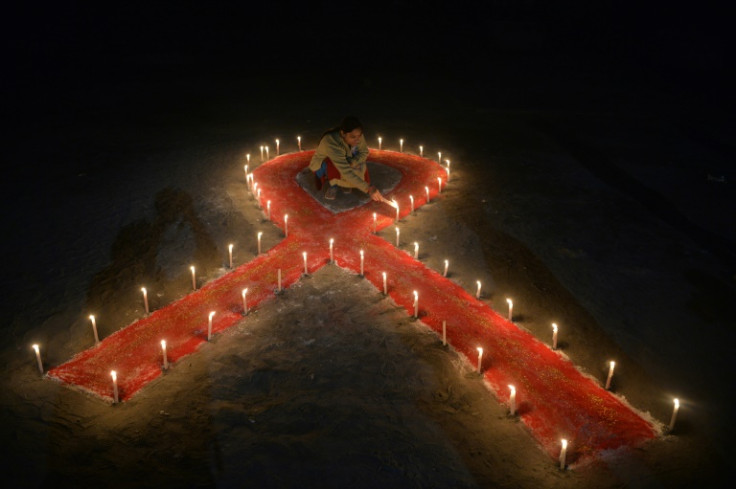Mpumalanga has highest HIV prevalence in South Africa at 17.4%: HSRC survey

Mpumalanga had the highest HIV prevalence among South African provinces, with 17.4% of the population affected in 2022, which means about 890,000 people in the province are living with HIV.
The Human Sciences Research Council (HSRC) on Tuesday released the key findings of the Sixth South African HIV Prevalence, Incidence and Behaviour Survey (SABSSM VI) for Mpumalanga.
The HSRC's overall principal investigator Professor Khangelani Zuma reported that in 2022, HIV prevalence in Mpumalanga was 7.8% among youth aged 15 to 24. It was 1.5 times higher in males (9.8%) compared to females (6.3%) in this age group.
For adults aged 25 to 49, the HIV prevalence was 26.4% overall, with a 1.6 times higher rate in females (31.9%) compared to males (19.9%). HIV prevalence was higher in rural formal or farm areas (21.1%) and rural informal areas (18.4%) compared to urban areas (15.5%).
"A concerning state is that HIV prevalence peaked at 40.8% among those 45 to 49 years in 2022 compared to 39% in 2017 among those 35 to 39 years, suggesting a possibility of continued new infections," Zuma said, SA News reported. "There was a notable downward shift in the epidemic curve in 2022 among respondents 15 to 44 years."
The data also disclosed that the antiretroviral treatment (ART) coverage in Mpumalanga increased to 81.8% in 2022, up from 65.4% in 2017. Among people living with HIV in the province, ART coverage was 56.4% for adolescents and youth aged 15 to 24 and 83.9% for those aged 25 to 49.
For females, ART coverage was lower for those aged 15 to 24 (58.6%) compared to those aged 25 to 49 (85.2%). For males, ART coverage was 81.6% for those aged 25 to 49 and 54.8% for youth aged 15 to 24.
The SABSSM VI survey, conducted between 2022 and 2023, aimed to track HIV infection and behaviors in South Africa, assess the progress of the national HIV and AIDS, STI, and TB Strategic Plan, and monitor HIV indicators for reporting both nationally and internationally.
Most people living with HIV were found in urban areas. The survey also showed that 46.1% of people used a condom with their most recent sexual partner in 2022, which is similar to the 46.3% reported in 2017.
© Copyright 2026 IBTimes ZA. All rights reserved.





















